Fractures & Trauma
Fractures & Trauma
Fracture management has undergone drastic changes in recent times. There has been great technological advancements in techniques as well as implants. This has resulted in improved functional results with minimal pain and early return to function. Minimally invasive techniques have resulted in fracture management through small incisions. This results in less blood loss, less pain, early return to function and small scars.

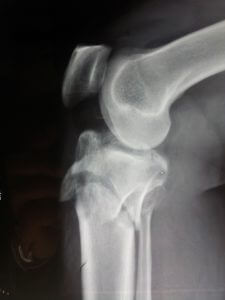
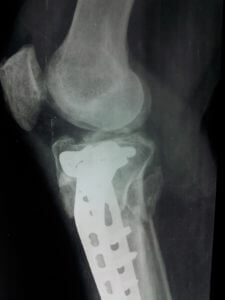
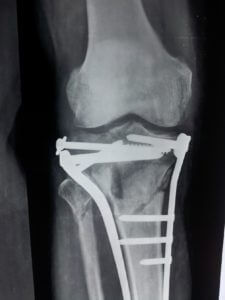
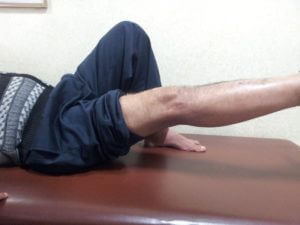
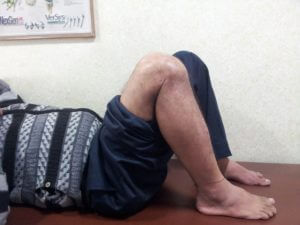
FAQs related to Fractures Trauma
How does trauma cause fractures?
Trauma, like falls or car accidents, can cause fractures in different ways. Excessive force applied to a bone can break it, either directly at the impact site or indirectly at a distance. Fracture severity depends on the type and direction of force, ranging from multiple pieces (comminuted) caused by high-impact force to cracks (hairline) caused by low-impact force. Age and bone density also influence fracture susceptibility, with older adults and individuals with osteoporosis being more prone. Certain medical conditions, such as cancer or osteogenesis imperfecta, can further weaken bones. Understanding how trauma leads to fractures is crucial for accurate diagnosis and treatment. Imaging techniques like X-rays or CT scans help assess the fracture’s extent and location, guiding appropriate treatment plans involving immobilization, surgery, or other interventions.
Is trauma and fracture the same?
Trauma and fracture are related but distinct. Trauma encompasses physical injuries caused by external forces, while fractures specifically refer to broken bones. Fractures can be open (bone piercing through skin) or closed (bone remains beneath skin). Not all traumas result in fractures, as they can also cause sprains, strains, dislocations, or soft tissue damage. Fractures can occur due to factors unrelated to trauma, like osteoporosis or repetitive stress. Hence, trauma and fracture are interconnected but not synonymous.
What is trauma and fracture care?
Thorough care is necessary for trauma and fractures, which involve treating broken bones and other injuries resulting from accidents, falls, sports incidents, or altercations. Fractures can be simple or complex, while trauma affects various body parts. A collaborative approach involving orthopedic and trauma surgeons, ER doctors, nurses, and therapists is crucial. The aim is to diagnose, stabilize, and implement a treatment plan for healing and function restoration. Treatment options vary based on severity and location, including casting, splinting, surgery, and rehabilitation.
How do you treat a trauma fracture?
A trauma fracture is caused by a sudden and forceful injury, such as accidents, falls, or sports injuries. The main goal of treatment is to stabilize the broken bone and promote healing. This is done by immobilizing the area with a cast or splint, and sometimes surgery is needed to realign and secure the bone fragments. Pain management, physical therapy, and regular monitoring of healing progress are important. A multidisciplinary approach involving orthopedic specialists, pain management experts, and physical therapists is necessary for effective treatment.
